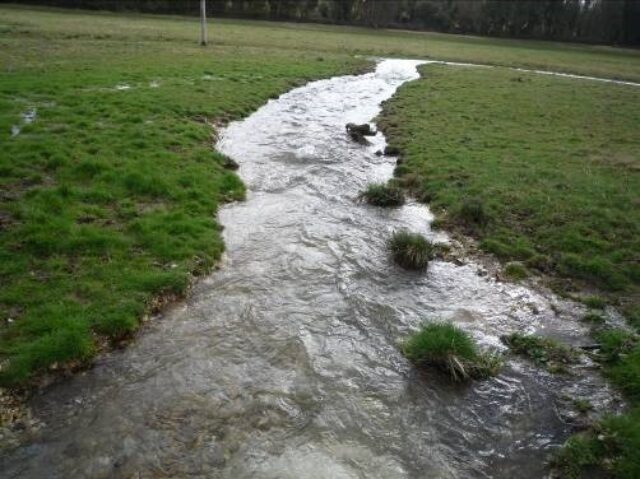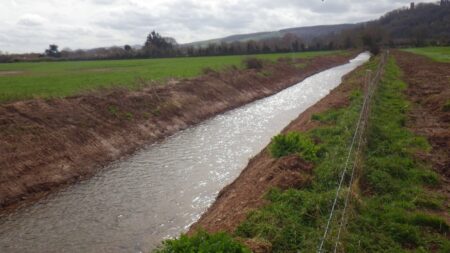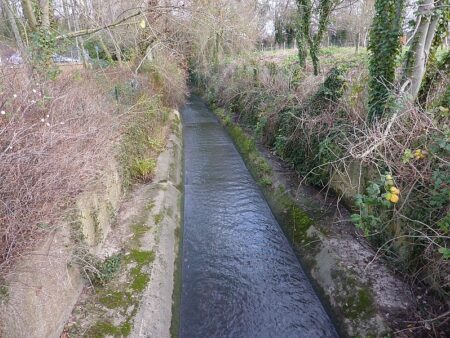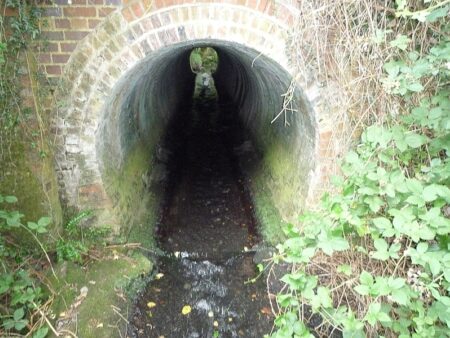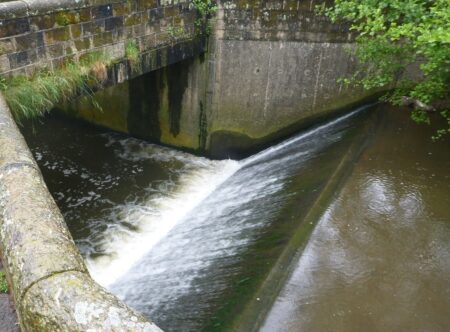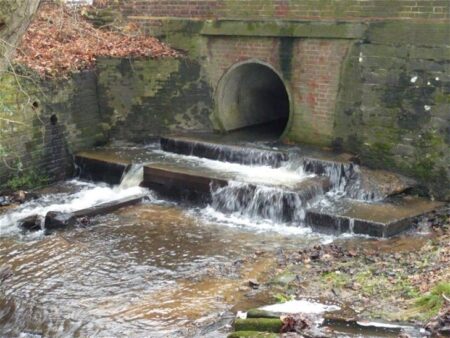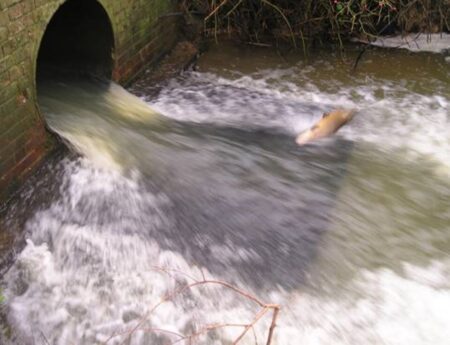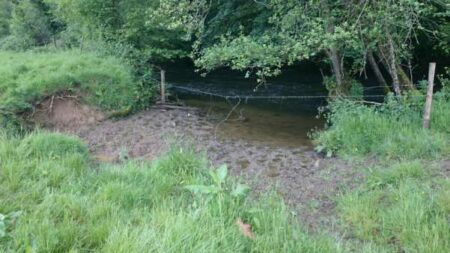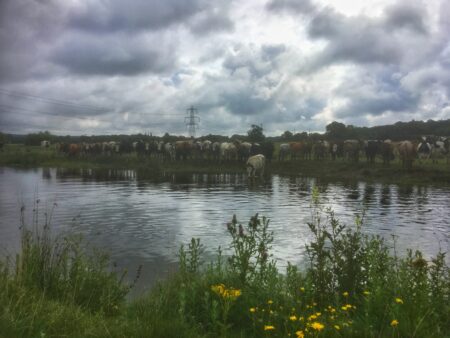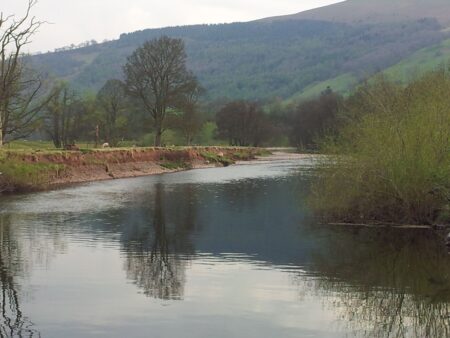Wild Trout Trust Conservation Officers spend around 1000 days a year walking along river banks and working in rivers. They are specialists in how rivers ‘work’ in practical terms, and in assessing, improving and creating habitat in rivers for trout and all wildlife.
Check out any one of their Advisory Visit reports or this example to see the kind of things we notice and the pragmatic advice we give.
Almost all our advice and project work involves recognising when a river has been modified by man, and working out how to return natural processes to the river as far as is possible and practical. Rivers that function naturally behave more predictably in times of flood and drought, have no or very low maintenance requirements and most importantly for us, they will be wildlife corridors with good, natural habitat.
In England, ‘physical modification’ is the most common reason for rivers to fail to meet ‘good ecological status’ — more rivers fail for this reason than for point source or diffuse pollution.
These are some of things that we look for:
